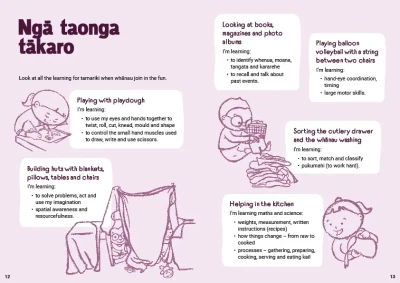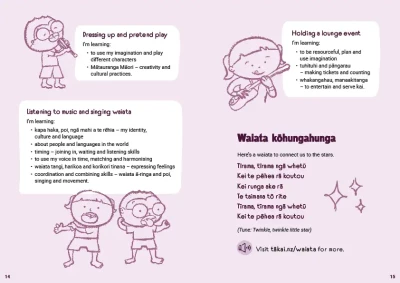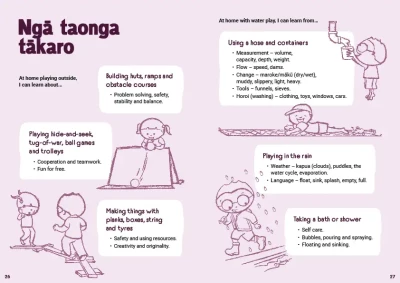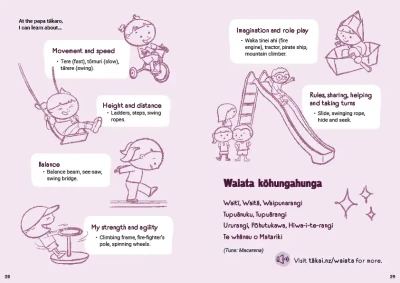
Problem solving for 3 to 5-year-olds
Supporting and keeping 3 to 5-year-olds safe as they develop their problem-solving skills.
Problem solving is discussed in quite a few other age and stage sections. The following play activities from the 25–36 months section give ideas for strengthening problem-solving skills, and why they are important to develop in young children:
The recommended reading called Problem solving in the younger age section (19–24 months) is relevant too, as it describes what problem solving looks like for a toddler.
The main problem-solving strategy used by tamariki until around age 3 is trial and error.
What changes after age 3?
A 3-year-old will often use their memory of seeing others solve similar problems. Tamariki will remember what other people did when a problem came up, and they’ll try that themselves.
Tamariki are increasingly keen on doing things themselves, and will sometimes resist help. ‘I can do it myself!’ is commonly heard from tamariki during this stage. The level of risk involved in the activity may not be a concern for them — rather, just doing it is their main concern.
Whānau need to think about ways to give their tamaiti challenges and new learning while keeping them safe from harm. Tamariki want to copy adults and be more independent, which is great as it builds their confidence and skills. However, their ability to move fast, switch machinery on, and access heights or electrical equipment can put them in danger. It’s a good time to check safety around the house and garden, especially in garages and sheds, and their access to climbable fences or unsecured gates.
Preschoolers are also learning about managing their strong feelings. Solving problems can be a challenge, and when they’re unsuccessful it can lead to them expressing feelings of deep frustration.
Tamariki who have temperament traits of persistence, high activity and the ability to take on new situations with ease can find themselves in dangerous situations if there’s insufficient supervision. Whānau need to be close enough to intervene straight away if tamariki lose control of their emotions or their actions.
Confidence is another skill that helps when a child is problem solving. It can also be concerning when their confidence is much greater than their ability to solve a challenge, and they find themselves in strife.
Parents feel frightened too
Sometimes whānau themselves get scared or upset by the actions of their clever problem-solver. For example, an active 4-year-old has just climbed to the top of the neighbour’s tree and is now stuck! Concern for their child’s safety can see whānau lashing out in response, as their anxiety generates feelings of anger.
Developing their personal technique for remaining calm and cool is wise. Deep breathing and using a quiet, firm voice can be a good starting place.
After an upsetting event has been sorted out is often a good time for a snack break. Washing hands, sitting down and having something to eat and drink can help calm the situation. Then whānau can talk with their tamariki and ask:
- What were you trying to do?
- What else could you have done instead?
- What other resources from round the house could have helped?
What might you do next time something like this happens?
Anō! Anō! — Again! Again!
Regular practice playing with similar-aged tamariki encourages progress with the skills of waiting, turn-taking, sharing, negotiating and learning how to solve shared problems together.
What else can whānau do to help tamariki learn to solve problems?
Whānau can:
- model the process of problem solving in daily life
- give their preschoolers hands-on experiences of exploring and experimenting with different materials
- let them enjoy creating different solutions by finding new ways to use familiar items.
And because preschoolers enjoy figuring out solutions for themselves, whānau need to let tamariki try to do this before offering or stepping in to help.
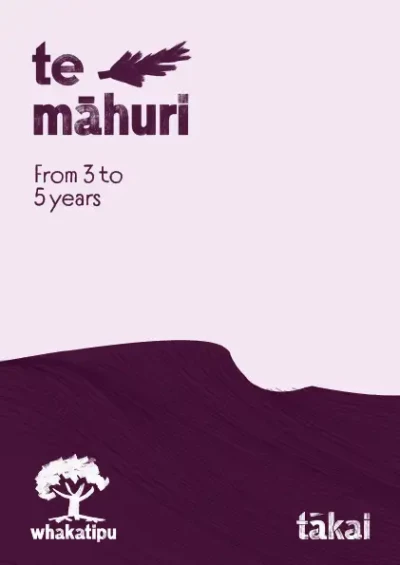 pdf 11 MB
pdf 11 MB
